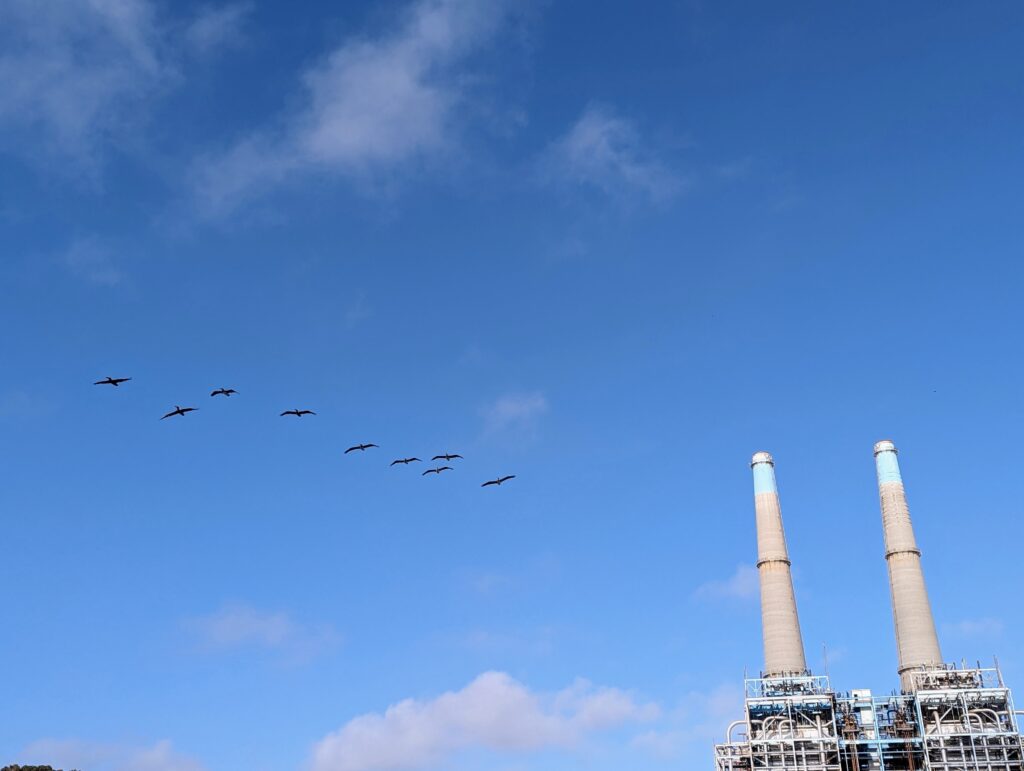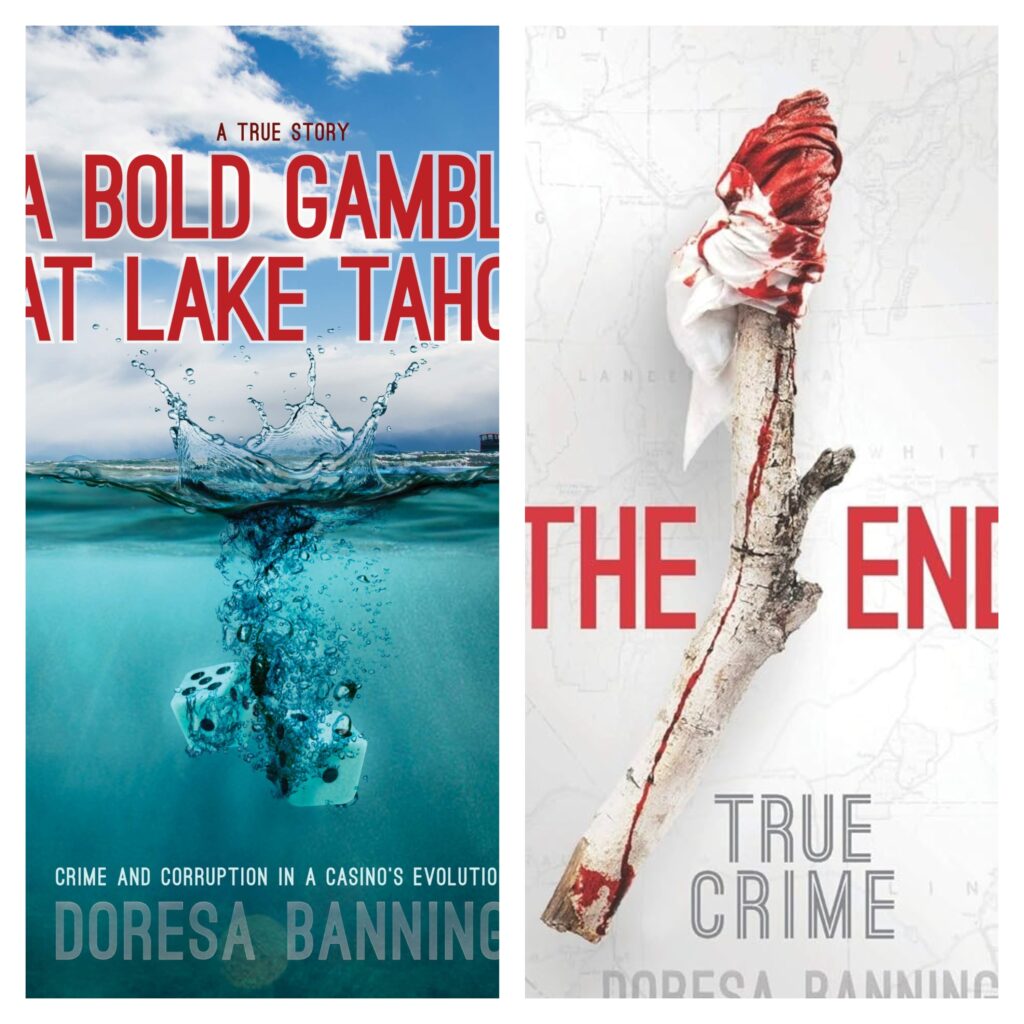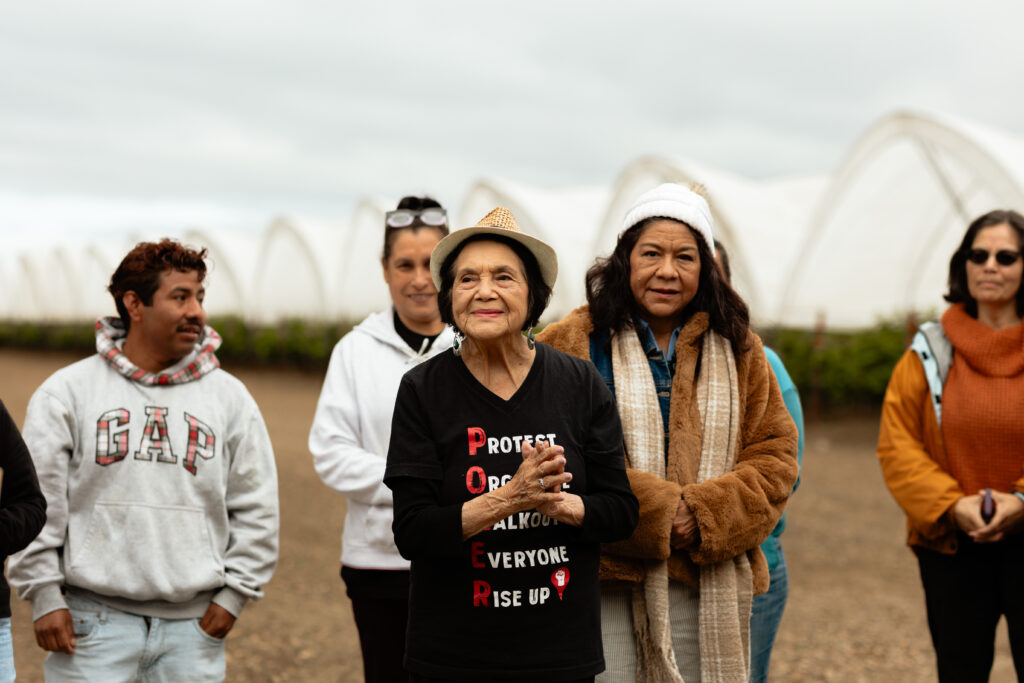
June 6, 2025 – Two hundred fifty-seven grams of caviar will run you as much as $4,999. Two hundred fifty-seven grams of Italian white truffle comes in around $5,422. Two hundred fifty-seven grams of Spanish saffron will reach into the neighborhood of $3,595.
Two hundred fifty-seven grams of EMB, however, and the riches within, will cost you…$0.

Two hundred fifty-seven grams represents the weight of one EMB Summer 2025 magazine, released this week.
On Tuesday, when I had 1,800 or so freshies on board for delivery—a tiny fraction of our distribution, numerically and geographically—that totaled out to a half ton.
So yes, my my Kia hatchback was rolling low.
But Charlie, of Adventures in Watsonville fame, was riding high, a distinguished distribution deputy atop the boxes, which each weighing about the same as he does.

The weight and worth of stuff has been driving around my mind of late after something EMB editor-publisher Deborah Luhrman observed when we shipped the final summer proof to the printer.
“It’s a heavy issue,” she said.
The adjective immediately clicked, because it works on four levels, at least.
Summer 2025 also brings several metric tons of light and uplift, which I’ll get into here, keeping with the new tradition of dedicating a quarterly Found Treasure column to the emerging print edition. (Recent installments include a Found Treasure Palooza with a electric catamaran, and 13+ lessons learned from delivering my first issue as managing editor.)

1. Heavy like 88 pages.
Literally weighty, in the original and accurate sense of the word. (That’s for Doresa, see #3.)
The growing group of EMB advertising partners allows for an increasing stampede of stories, including new regular features like “Cookbook Confidential” (p. 69) and “Appetite for Travel” (p. 61).
Then there’s the work of new team members like Kera Abraham (who pairs curated Cobb salads with hand-picked hikes, p. 53) and Kelly Rose Evans (who couples a gift for portraits with an eye for action in the kitchen and on the farm, p. 20 and p. 29).
That infusion further energizes pillars like What’s in Season (blackberries like never before, p. 20) and DIY Flavor (you deserve these gazpachos, p. 38), which share the issue with profiles on upstart farmers market hit Freckle’s Pickles (p. 6), Japanese-Michoacan fusion explosion Las Micheladas (p. 88), and an uncanny new wine project with a iconic predecessor and an ironic name (p. 16).
One of the more galvanizing profiles in these pages might be the piece, “Tending Revolution: Regenerative California plots a model farm for the future,” which is plowing historic land at the intersection of River Road and Highway 68 between Salinas and Monterey (p. 11).
It seeds plans for evolved practices locally, and shares them openly with the world.

2. Heavy like metals.
As locals continue to twist in ongoing winds of uncertainty post battery fire, Laurel Miller talked with health officials and seasoned farmers to understand what’s really happening on the ground.
As I type this, the L.A. Times is reporting on how “the Vistra blaze has prompted calls for additional safety regulations around battery storage—as well as more local control over where storage sites are located,” as summer energy demands likely rise.
More on that via LAT‘s “Essential California” environmental e-newsletter, and Miller’s helpful findings (p. 9).

3. Heavy like the end of an era.
There’s a lot to see in any given EMB issue.
That underlines one of my favorite things about an endeavor like this edition: There’s more that’s invisible.
Many of them go unseen because they don’t make it past Doresa Banning.
Banning is the type of copy editor true grammar cops fever dream over, an osprey eye who can spot the wrong sized dash a kilometer away.
Not accepting her suggestions is a rare occurrence, and feels like shrugging off Yoda’s counsel—Banning works efficiently, responsively, thoughtfully and crazy accurately, and would rightly hate this sentence for including 5.5 adverbs.
Kera Abraham—a longtime colleague of mine and fellow syntax obsessive—spotted it immediately.
“Doresa’s attention to detail can’t be automated,” Abraham says. “She finds details as fine as the order of ingredients in a recipe and curly versus straight quotes. She taught me I was using the word ‘across’ in a way that’s ‘super trendy’ but syntactically incorrect.”
To sum that up in an acronym, IYKYK.
I take comfort that Team EMB realized what we had, well before Banning headed off, to focus on personal priorities, her impact here intact.

5. Heavy like killing local kids.
Farm work is hard. No news there.
The self-evident physical toil should offer enough impetus for stronger support of laborers, before you factor in ruthless realities around housing, harassment persecution, health care access and limited education opportunities.
But that’s not the hardest part.
In reporting “Grounded Solutions: Finding fairness, avoiding pesticides and advocating sense in the Pajaro Valley,” an additional truth haunted me, as it does Dr. Ann Lopez, even after decades of work with Center for Farmworker Families (p. 44).
On top of that already near impossible ask, the farmworkers who sacrifice so much must navigate poison that places Watsonville at the top of pediatric cancer rates statewide.
“I look at it like murder,” Lopez says. “You’re exposing kids to things that will potentially kill them. Why don’t we talk about it like that?”
It’s an upsetting story to absorb.
It’s also a story that observes tangible signs of progress—and ongoing ways to help, laid out in a companion piece to the main narrative (p. 50).
Santa Cruz’s Wendy Gabbe Day helps readers understand that, as she’s gone from Farmworker Reality Tour taker to CFFF volunteer to its development director.
“Being exposed to the magnitude of such an injustice, especially a local one, is a transformative experience,” she says. “And it led to my desire to advocate for a just solution…
“Education is the key. Especially with young consumers. That’s where the biggest change will happen.”
Which is something worth weighing.
About the author
Mark C. Anderson, Edible Monterey Bay's managing editor, appears on "Friday Found Treasures" via KRML 94.7 every week, a little after 12pm noon. Reach him via mark@ediblemontereybay.com.
- Mark C. Andersonhttps://www.ediblemontereybay.com/author/markcanderson/
- Mark C. Andersonhttps://www.ediblemontereybay.com/author/markcanderson/
- Mark C. Andersonhttps://www.ediblemontereybay.com/author/markcanderson/
- Mark C. Andersonhttps://www.ediblemontereybay.com/author/markcanderson/



